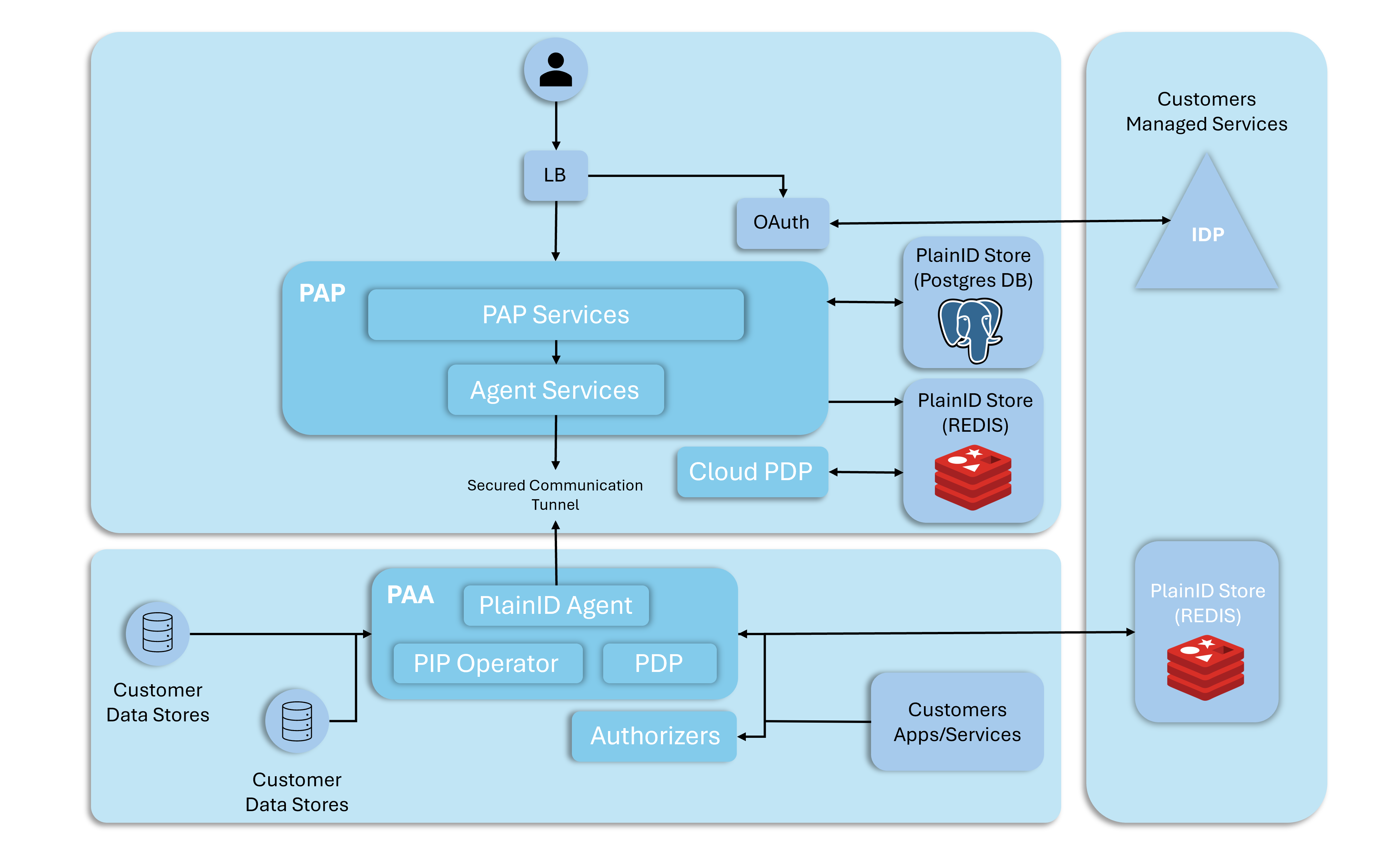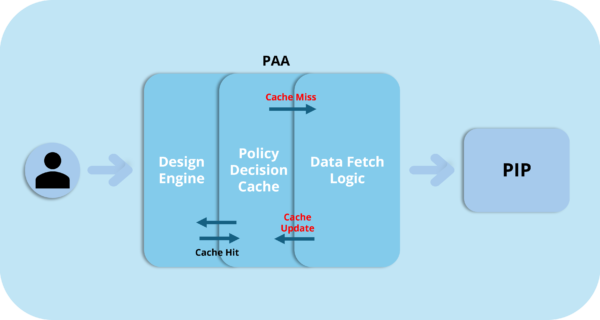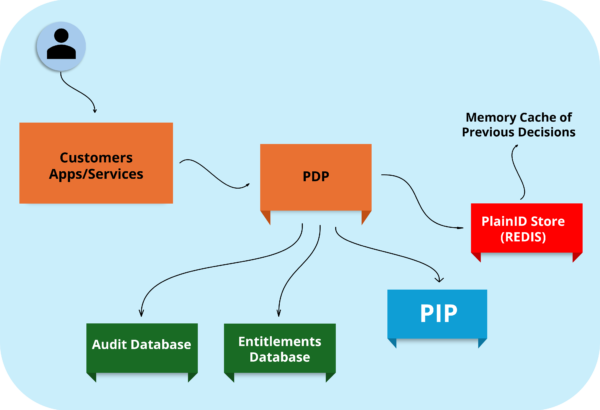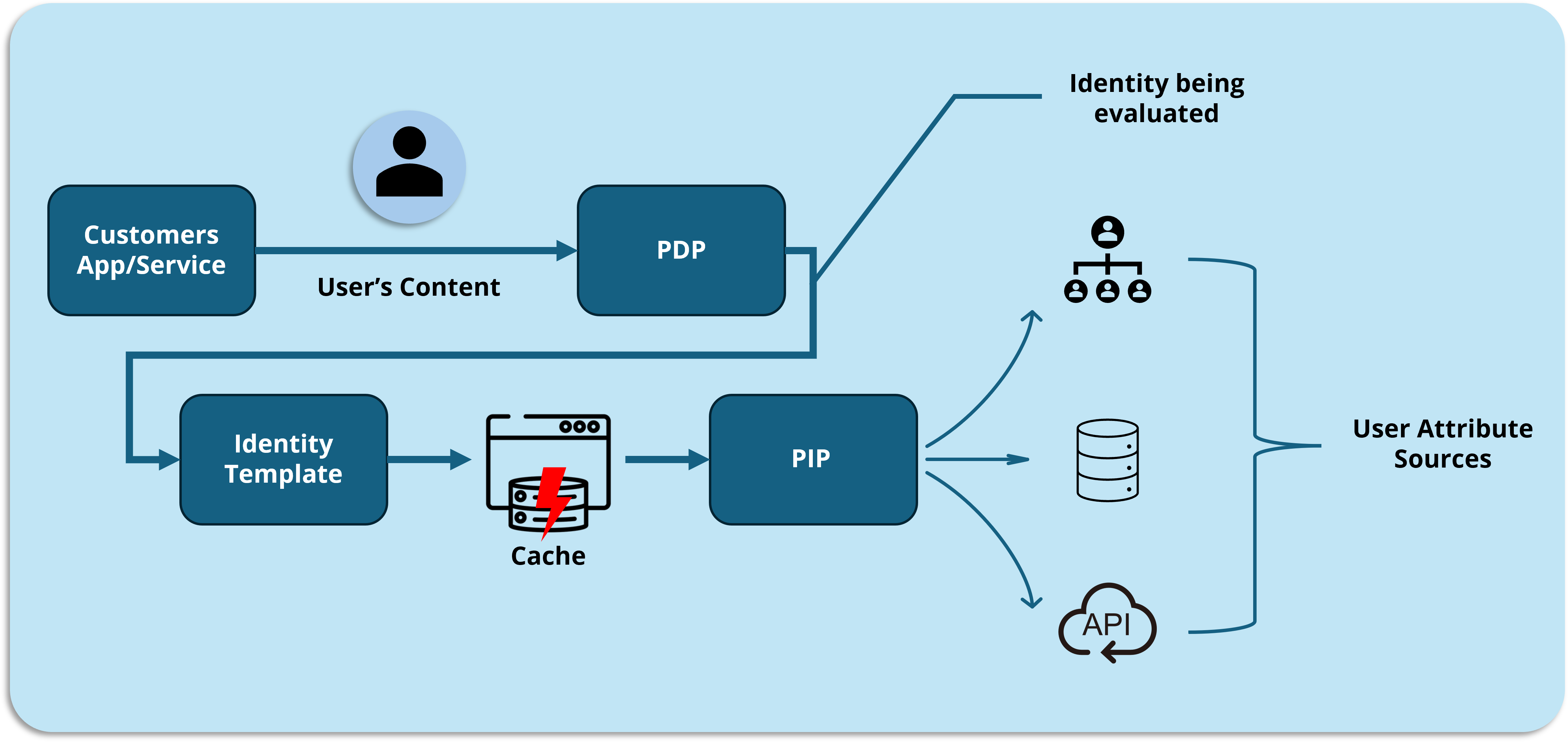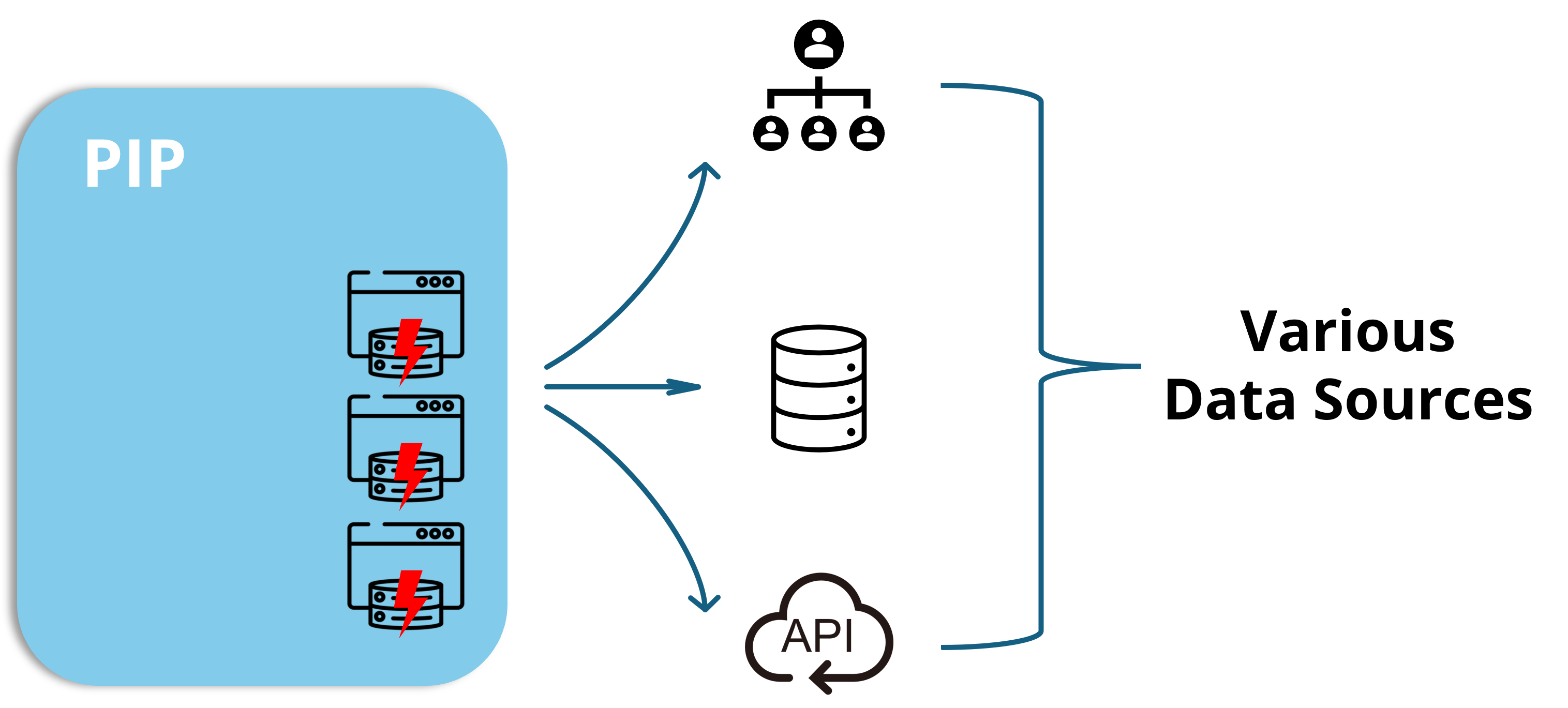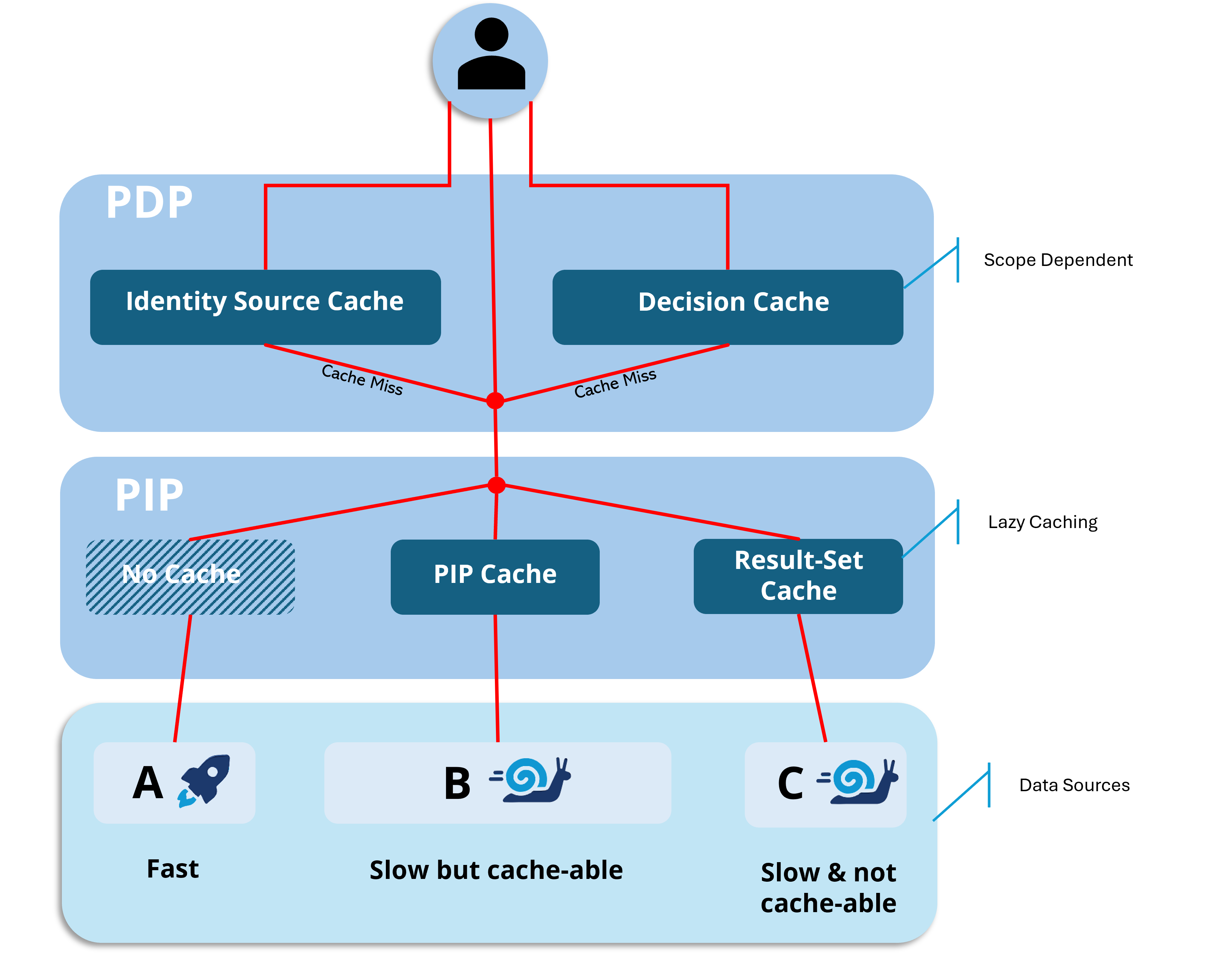The Ultimate PlainID Caching Cheat Sheet: Turbocharging Your Authorization Engine
Picture this: Your meticulously designed authorization system is humming along beautifully in development, but when it hits production with thousands of simultaneous users, it suddenly feels like you’re watching paint dry. Each permission check crawls, API responses lag, and before long, your Slack channels light up with the dreaded question: “Why is everything so slow?”
Sound familiar? You’re not alone.
Authorization decisions can quickly become performance bottlenecks, especially when they require fetching data from multiple external systems. Fortunately, PlainID offers a robust set of caching mechanisms that can transform your authorization engine from a tortoise to a hare. Let’s dive into the art and science of PlainID caching.
We’re focusing specifically on application-level caching magic here, so we won’t be diving into the PlainID Store (aka policy caches) that PlainID uses behind the scenes. Those Redis caches (see picture below) are quietly doing their thing, keeping policies handy right next to your Policy Authorization Agents (PAAs)-think of them as trusty sidekicks making sure the policies stay close (to the points of consumption i.e., the PEPs associated with each PAA) and easily accessible.


